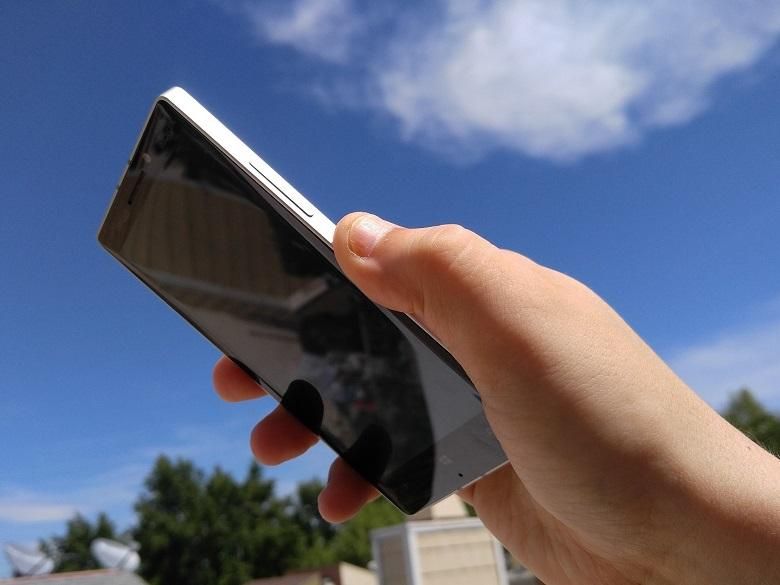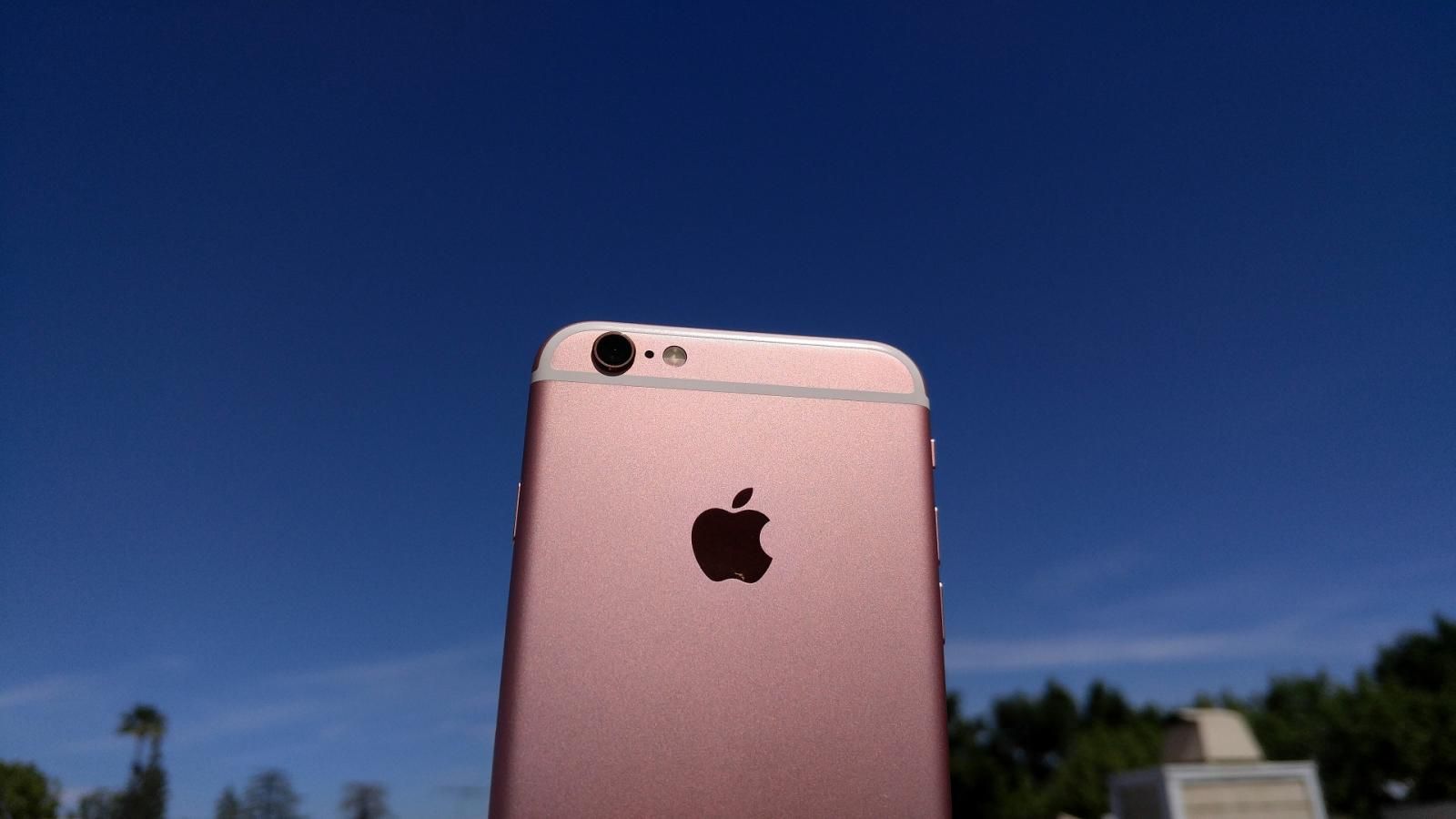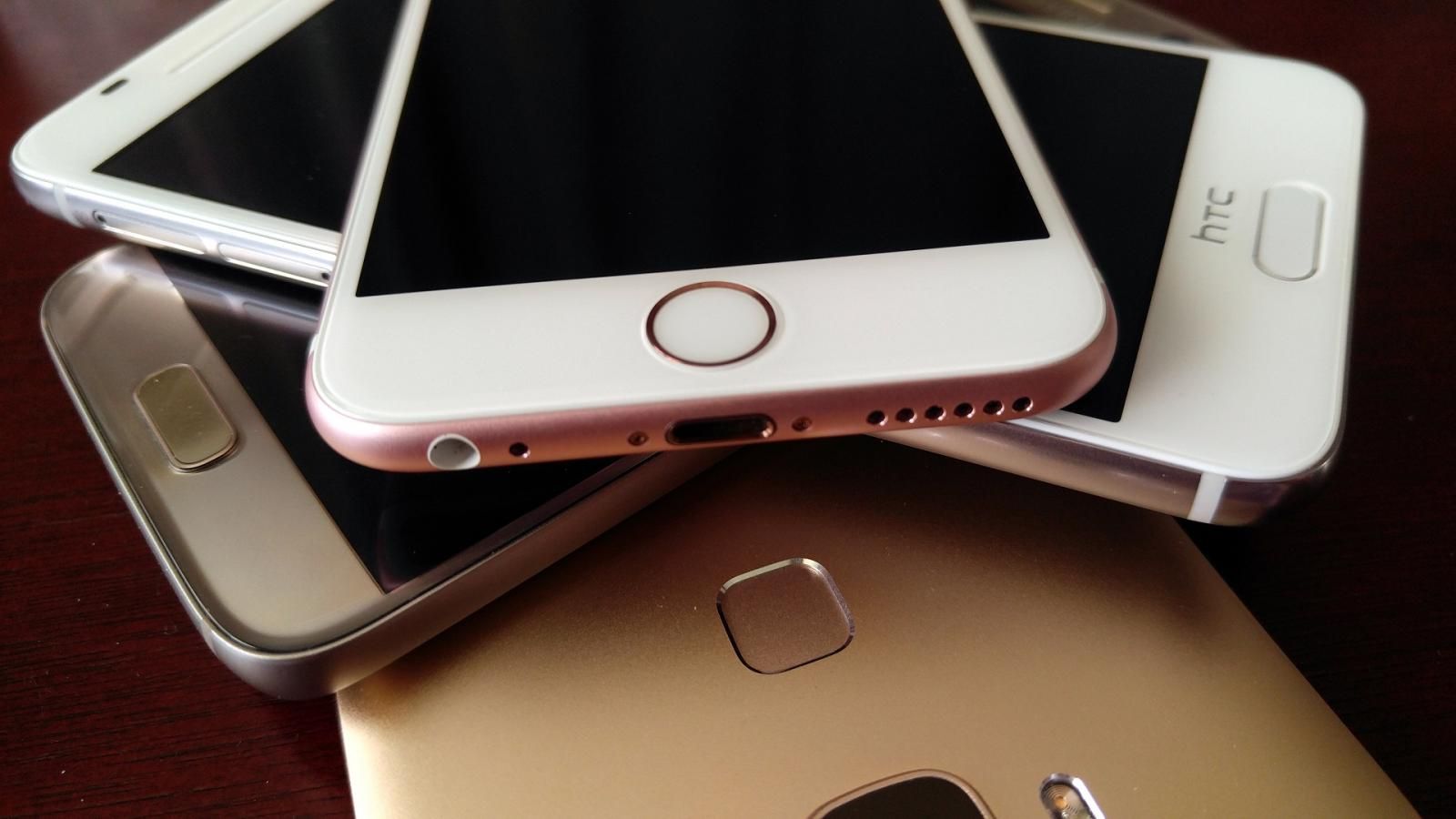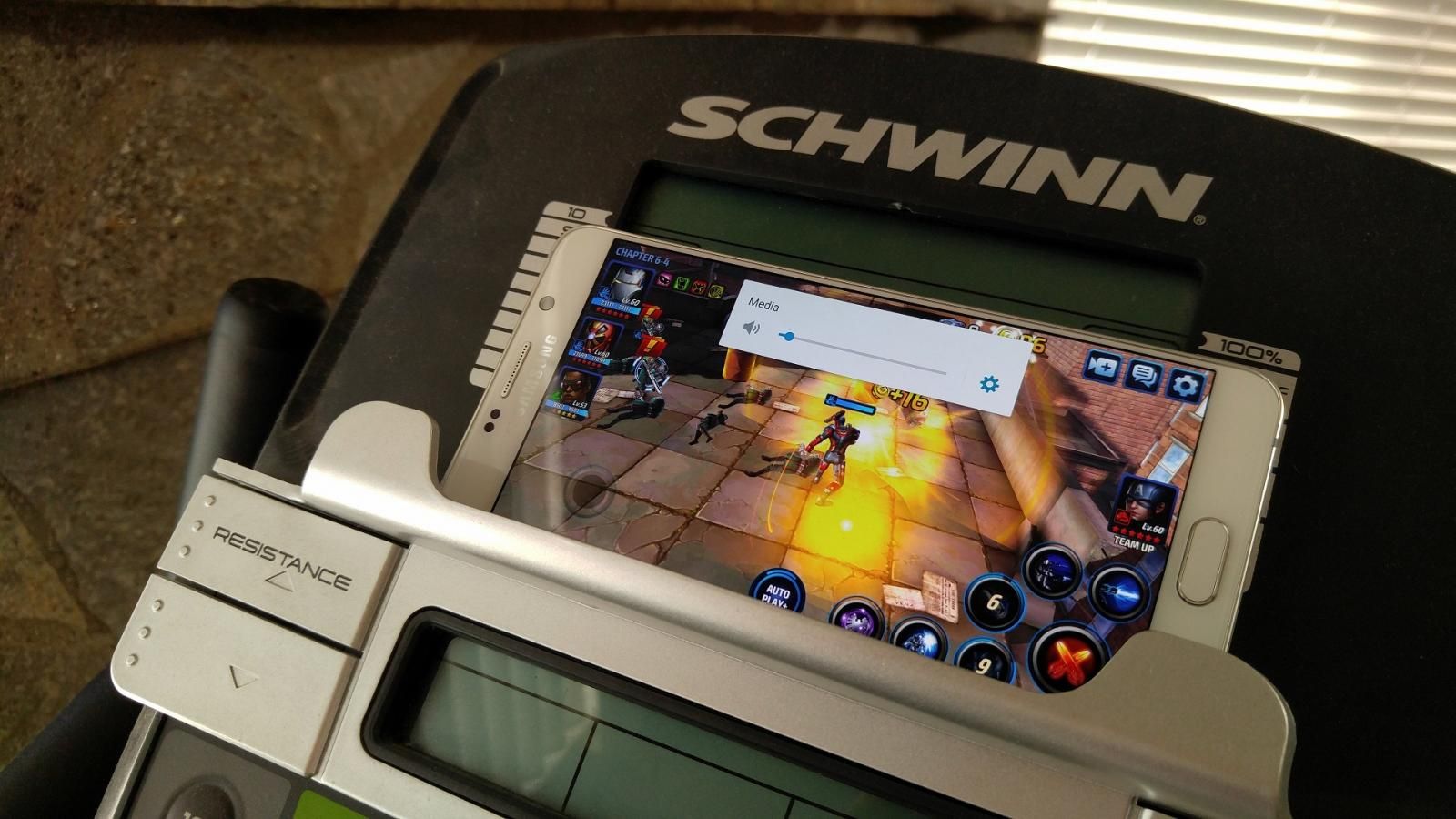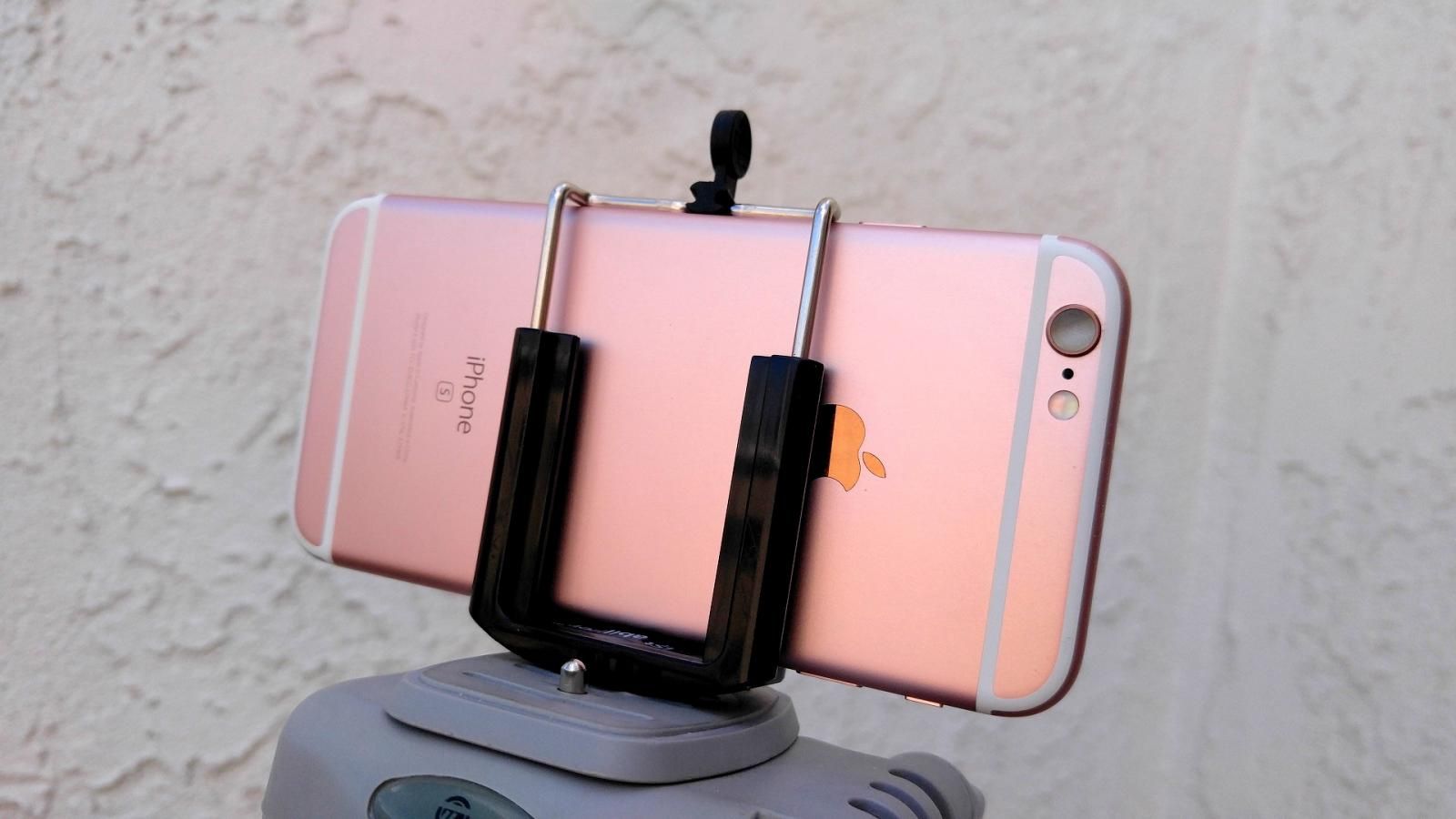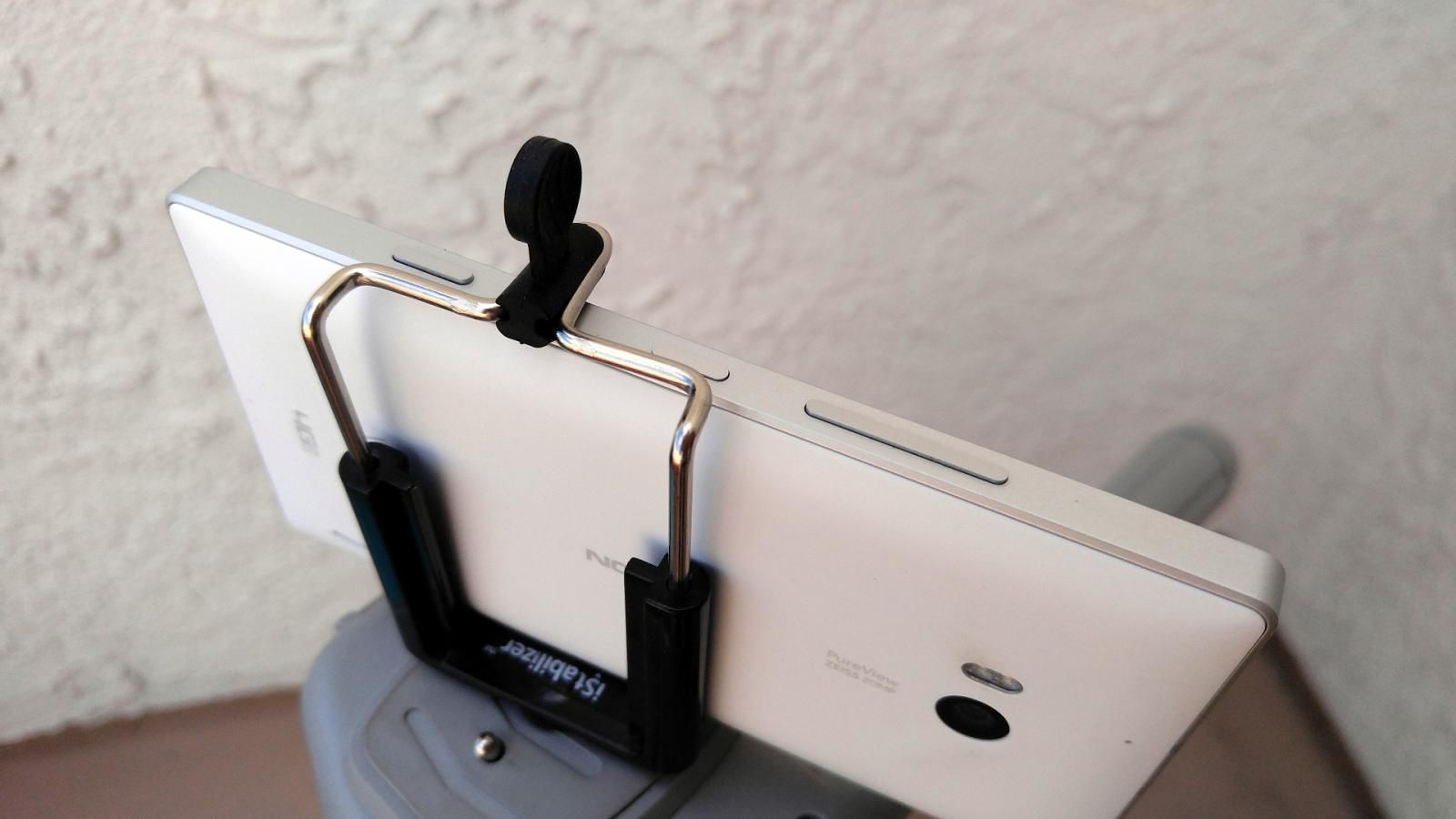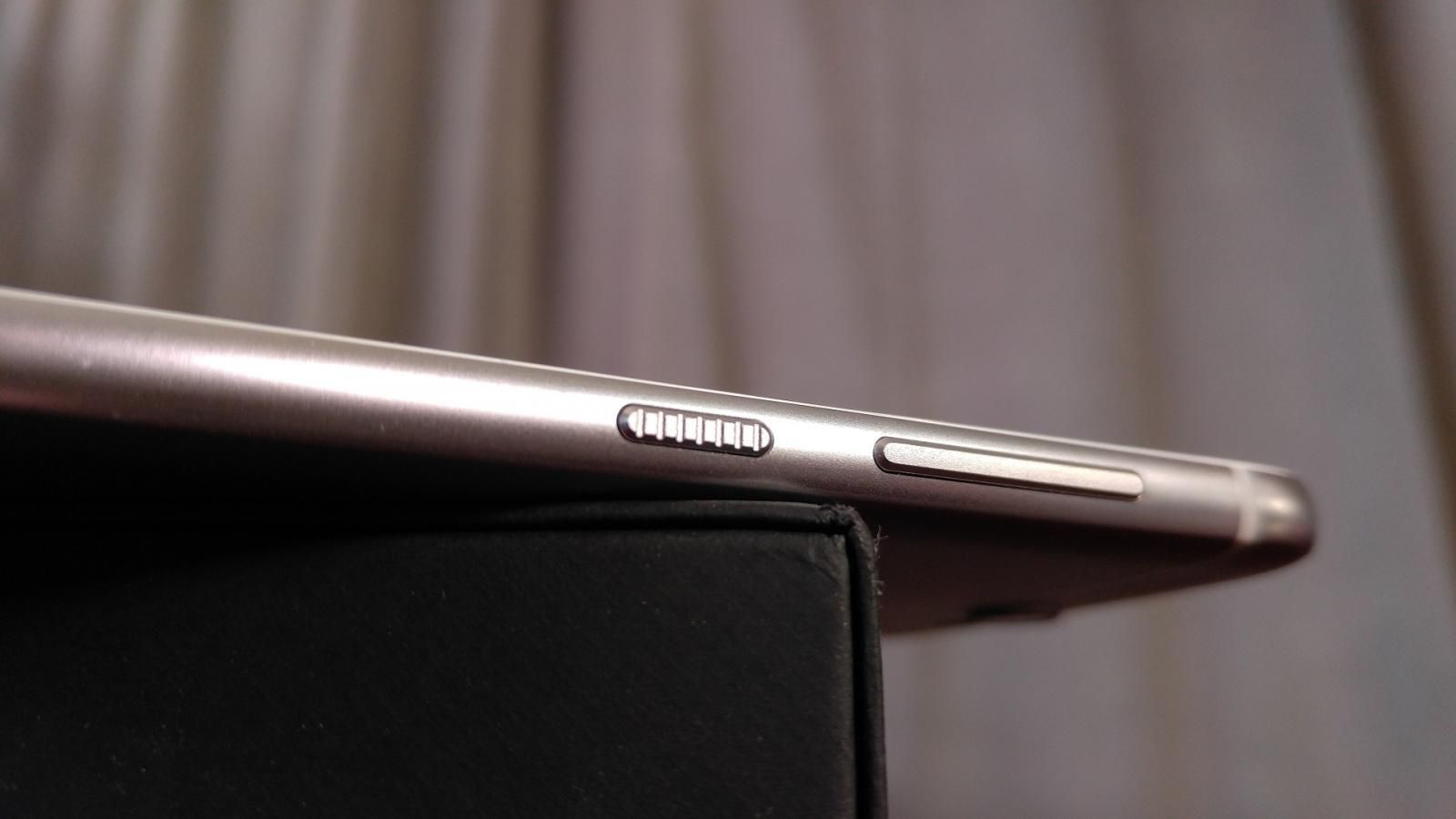A lot of time, effort, money, and energy goes into phone design. These things are tortured and tested for months before being released to consumers. Yet for all that examination, why do we still face the tyranny of having buttons on BOTH sides of our phones? At this point we’re likely already receiving angry comments from people, but aside from the satirical tone of that last sentence, there are a couple reasons why a person might enjoy moving controls to only one side of a device.
We’ve all seen infomercials where people seem to have forgotten how their hands work, but there could be an ergonomic advantage for some folks in keeping power buttons and volume rockers on the same side. Our primate hands are great for gripping things. The act of pressing a button with our thumb requires some kind of bracing action against the opposite side of the device we’re operating. Depending on the size of the phone, and where those buttons are placed, the volume rocker can land right in that area where your fingers might be trying find some leverage.
This is likely one of the supporting reasons why fingerprint sensors are often located on the front face or back plate of most phones. Obviously surface area is at a premium on the side of our increasingly slim pocket computers. That would be the primary reason to keep the sensor on the front or back. The convenience of turning a phone on via that sensor however, makes a separate power button a less frequently used piece of hardware for many people. It wouldn’t take much work to devise a way to turn our screens off without that extra button.
Propping a phone up on a stand can also interact with hardware controls. The weight of a phone like the Galaxy Note 5 is pretty close to the amount of pressure necessary to click the volume rocker. Popping a phone on a treadmill or exercise bike either messes with the volume or turns the screen off. Keeping a phone on a stand means having to keep it slightly off center, and adjusting the volume requires you to pick it back up.
That last issue is certainly a pain for people taking photos and videos. Using a Galaxy to line up a ground level shot, a slight amount of pressure on the volume rocker will burst a whole series of unintended photos. Using a phone in a mount or cradle means buttons are blocked or difficult to reach. Those phones with buttons all on the same side have no such issues when propped up, on their side on the ground, or when mounted. All controls are still accessible, and there’s little risk of accidental button presses.
There are some arguments against same side controls, like the muscle memory of using fingers for some buttons and thumbs for others. Better button conveyance would likely solve that issue too. The HTC One A9 for example has a textured pattern on the power button, while the volume rocker is smooth.
For those reasons listed above, I’m sure we can all agree that phones should keep hardware controls to only one side of the device. I now await all of the comments agreeing with me, as I couldn’t possibly envision any dissenting opinions on this topic.

